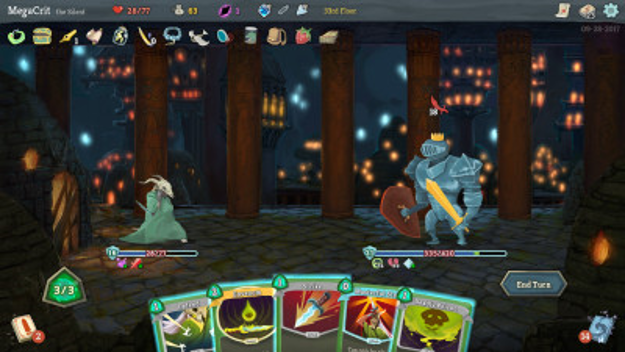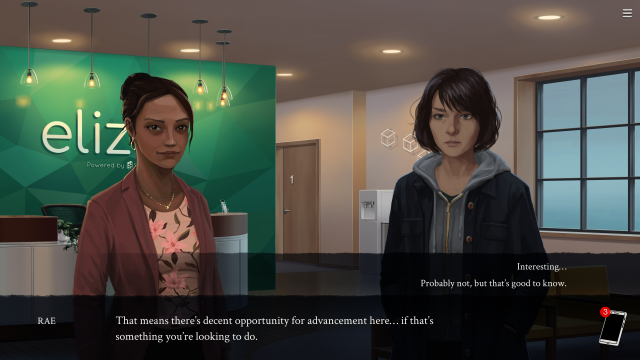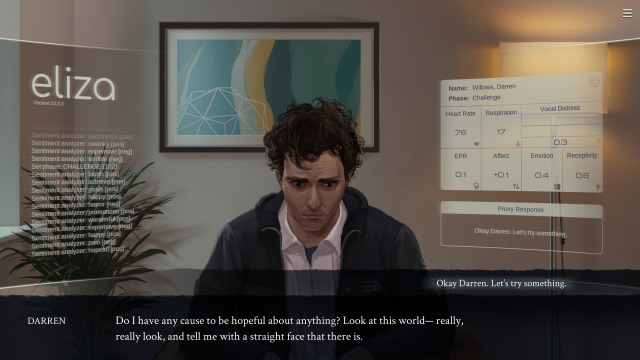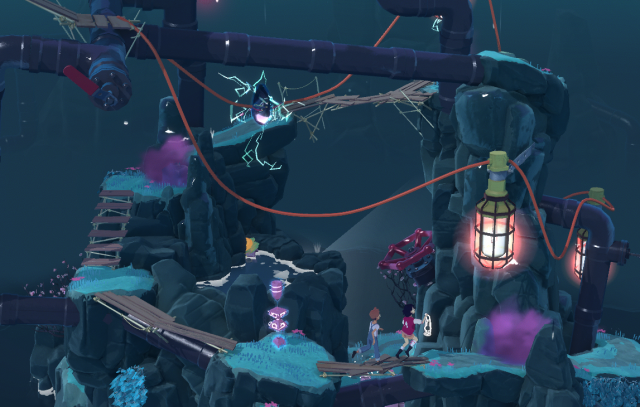
Description
Slay the Spire is an action deck-building roguelike game in which you climb The Spire, traversing three acts with many unique enemies, bosses, and encounters. The levels are procedurally-generated and the gameplay is turn-based. Your actions are represented as cards, and you go about building a deck of cards to progress through the game.
Gameplay Trailer: https://www.youtube.com/watch?v=9SZUtyYSOjQ
The Elemental Tetrad: Aesthetics, Story, Mechanics, Technology
Slay the Spire is made very functionally, with the main focus being on the mechanics. The story is sparse, and technology adequate for being a 2D game. The aesthetics are very well done, through simple hand-painted design, the intent, function and purpose of each individual item in the game are conveyed smoothly. The mechanical nature of the game is incentivised making the experience thorough, strategically and careful. The design suits this purpose, and if there was an added focus on the other areas, it will detract from what makes the experience of playing Slay the Spire fun.
The lens of Moments
What I’ll argue is Slay the Spire’s greatest strength is providing the player with moments in the game where they feel like they “broke” the game. By building up your deck of cards, it’s possible for the cards you choose to synergize with other cards. For example, if you have a card the deals 1 damage, five times to an enemy. And you have another card that grants 2 strength to your character (Strength grants your character additional damage per attack). Now instead of dealing 5 damage, you will be dealing 15 damage, just with this simple combination. But if your entire deck is a web of interconnected synergies, you will overpower all the enemies in the game. This definitely provides a sense of accomplishment at how clever or powerful you are for figuring out how to get to this point. It’s what makes the game so rewarding.
The lens of Obstacle
But I’ll argue that the strength of Slay the Spire also entirely lies in the risk or obstacle involved in the game. Enemies you face as you progress higher and higher up the Spire get increasingly difficult. Without proper planning, Slay the Spire is a difficult game. The greediness of the player is also often the main fail state, as there are plenty of risk vs reward events implemented in the game, be that choosing a route to tougher enemies for better rewards or upgrading a card instead of healing.
Furthermore, another obstacle the player will encounter is the randomness of the game. No two games are the same, as levels are generated, enemies, card rewards, events are all random. This makes it hard to plan any strategy from the start. Yet, both these obstacles push the lens of Moments as they feel earned when they are achieved.
The lens of Transparency
This is an important lens in this game (The designers have said that the game almost failed without their new user interface implementation). All enemy intents are revealed to the player before they do their action. This further reinforces the tactical nature of the game as you can account for the enemies’ actions. Planning ahead of the enemy is what makes the gameplay loop of planning and execution so engaging.
The lens of Elegance
I believe that Slay the Spire is an excellently designed game. Each element feeds the other elements, making the experience cohesive and engaging. There are no superfluous elements, and the ones that exist are simple, yet complex due to the synergies with the other elements. Every card combination is balanced, yet still feels unexpected to the player. The risk/reward progression of the game is top-notch. Consequently, it’s clear why this game pushed the deck-building genre into new heights and will no doubt go as the classic.




